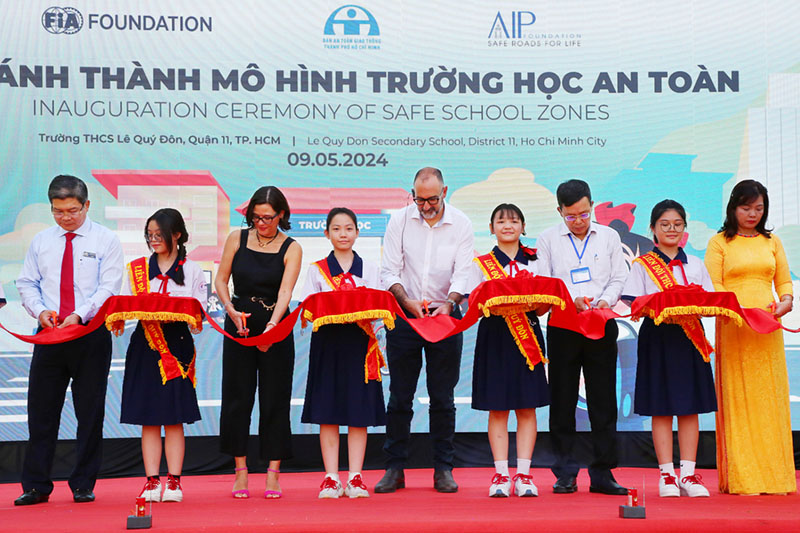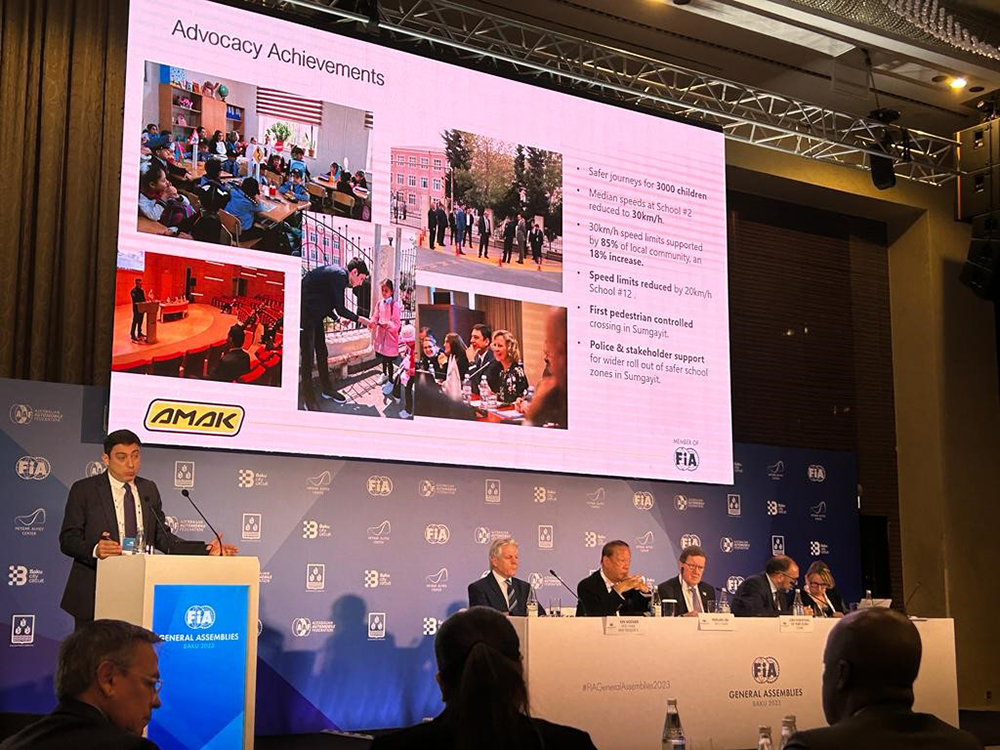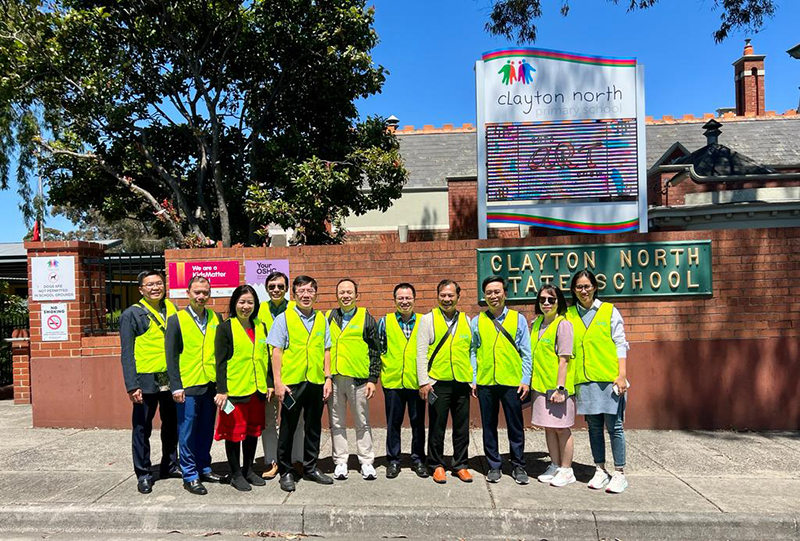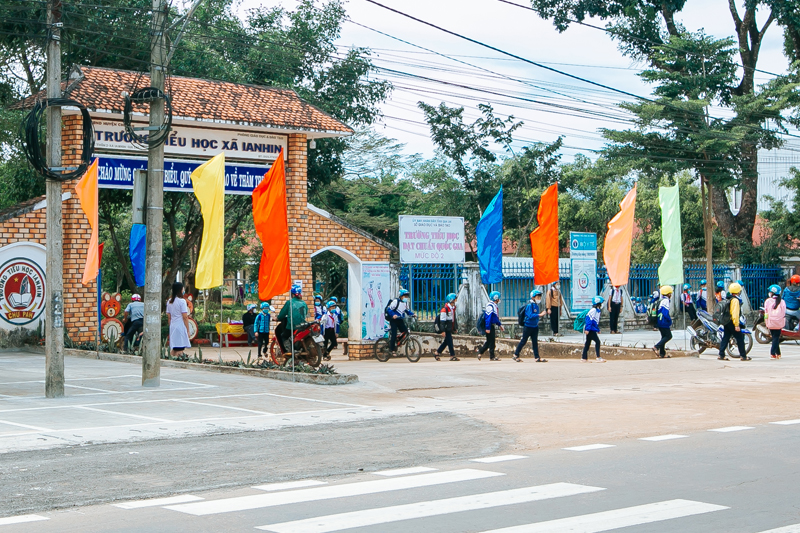International education conference hears call for safe journeys to school for children
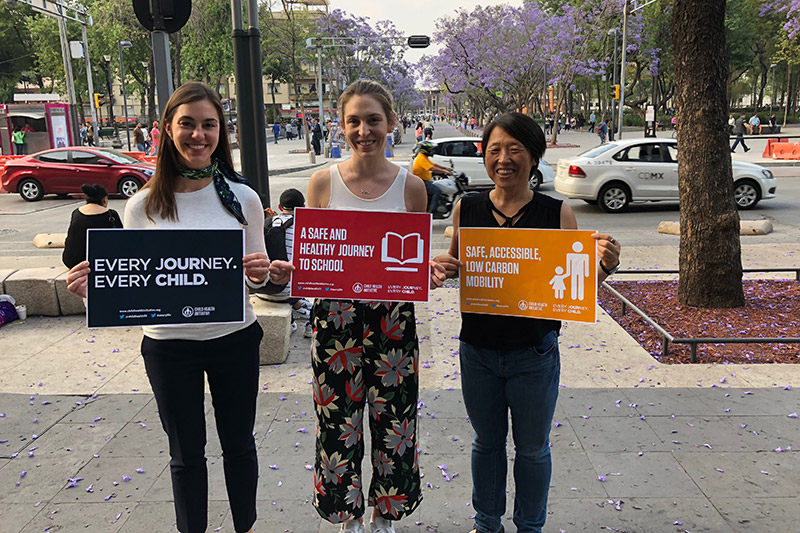
At a major international education conference, Save the Children and the FIA Foundation presented their efforts to improve child health by promoting active play and mobility through safe journeys to and from school.
Held in Mexico City, the Comparative and International Education Society (CIES) annual meeting incorporated voices that have historically been left out of international education research. An academic conference attended by researchers, students, practitioners, and policy makers, the conference provided the opportunity to highlight the connection between education and road safety, an often overlooked but vital part of the conversation.
Safe and healthy journeys to and from school are necessary components of implementing the global education and health agendas. This is at the heart of the Child Health Initiative, presented by Natalie Draisin, North American Director. She said: “Around the world, over one million children miss out on an education every year because of road traffic injuries and fatalities. Each day, 3000 are killed or injured on our roads. If we continue to allow children to die on their way to school, we will never give them the health and education they deserve. The health, education, and mobility sectors cannot accomplish their individual goals without working together.”
Save the Children, a founding member of the Child Health Initiative, has made important strides in bringing these sectors together. Seung Lee, School Health and Nutrition Director, said: “Throughout our work, we see a connection between nutrition, obesity, and road traffic injuries. Kids are more likely to be obese if they don’t have proper nutrition, and if they can’t play outside or walk or cycle to school safely. Obese children are more likely to become obese adults, significantly increasing their risk of diabetes and cardiovascular disease. This results in obesity rates like we see here in Mexico City, known for its triple burden of malnutrition, obesity, and road traffic injuries. Mexico City, Mexico State and Puebla have overweight and obesity averages of 35.1% to 31.5% and 22.6% respectively. As a country, Mexico now has the highest prevalence of childhood obesity globally, an enormous public health problem.”
Globally, Save the Children is working to reverse this trend. Jacki Haver, Senior Specialist, School Health and Nutrition, presented a partnership between Save the Children and Mondelēz International to improve children’s nutrition and physical fitness through school and community center-based programming in three areas of Mexico. Identifying dangerous roads as a barrier to increasing daily physical activity, she said: “Risky roads and unsafe public areas impact parents’ comfort level with letting children play outside, even if there are parks or recreational spaces.”
This reality rings especially true for children in low-income communities, who face higher risk than their high-income counterparts. Two Child Health Initiative partners, Fundación Gonzalo Rodríguez and the International Road Assessment Program (iRAP), recently released a report “Child transport to school, and safety in school zones” suggesting that as socio-economic level increases, so does safety, and vice versa. The findings came from pilots of iRAP’s Star Rating for Schools app, which allows parents, community members, and teachers without professional skillsets to evaluate road risk around schools, and provides potential treatment options. “This app is of interest to many of the attendees at CIES who don’t want students to have to worry about getting hurt or killed on their way to school or back.” said Natalie Draisin. Pilots are underway around the world, and a global launch is expected in late 2018.



